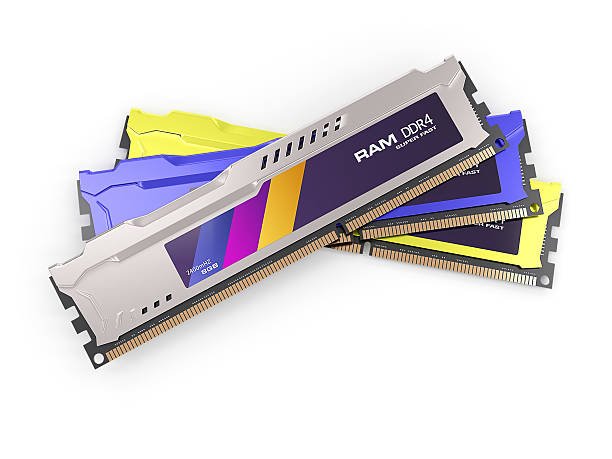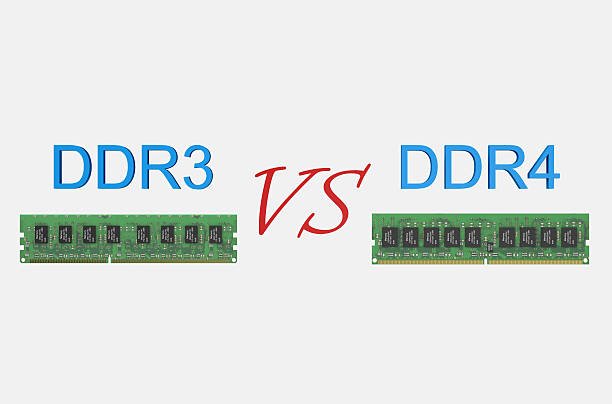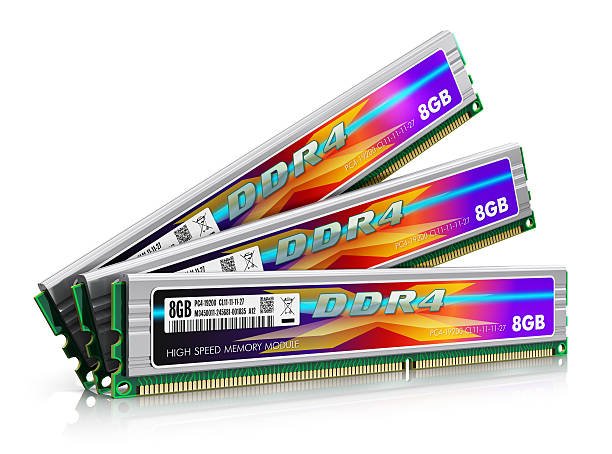Is DDR3 RAM Good for Gaming
Most individuals who plan to build gaming PCs or improve their current systems must have pondered these questions: The present market favors DDR4 and DDR5 memory generations, which leads many to believe DDR3 is no longer fashionable. The technology shows clear signs of aging since it fails to run current video games.

The decision to choose between these two options shows understanding and reasonableness based on personal examples and technical knowledge as well as logical circumstances. The following article will examine DDR3 RAM capabilities and its performance in gaming systems while addressing both solid financial constraints and cost-effective technological approaches.
Understanding DDR3 RAM: The Basics
The answer to the gaming performance of DDR3 RAM requires a basic explanation of what this memory technology represents. The technological designation DDR3 refers to Double Data Rate Type 3, and it ruled the market since its 2007 launch until DDR4 took over in 2014.
Users can choose between DDR3 speeds from 1066 to 2133 MHz, and this memory type works with all existing Intel and AMD CPU and motherboard combinations. DDR3 shows sufficient performance for gaming due to its compatibility for various applications even though it operates at slower speeds and consumes more power than DDR4 and DDR5.
Is DDR3 RAM Good for Gaming in 2025?
A computer game suitability test requires game-specific analysis as well as observation of broad system features when determining game readiness. My professional understanding in combination with personal observations suggests that the following rationalization stands true:
Even though this setup remains adequate for playing older games as well as those with low graphical requirements when connected to a sufficient GPU and CPU combination.
Games from the current generation easily reveal the memory limitations of using DDR3 when they need large amounts of RAM while also being open-world in nature.
Multiple popular titles that include CS:GO, League of Legends, and Dota 2 maintain optimized performance levels; thus, they can operate smoothly on older systems powered by DDR3 memory.
So, is DDR3 RAM good for gaming in 2025? Gaming laptops priced at under 800 dollars deliver the best performance for playing games from several years ago and other games that are considered vintage. The smooth gaming experience is impossible because modern titles playing at high graphics settings will suffer from performance degradation.
Gaming Performance: Realistic Expectations with DDR3
The following section will provide you with realistic performance data. Users can play 1080p games at medium settings through any mid-tier GPU that is two years old and a quad-core processor combined with 8GB or 16GB DDR3 RAM.
For instance:
Skyrim (Original or Special Edition)—Smooth gameplay on medium settings.
Players can experience GTA V in 1080p resolution on PlayStation 4, yet the game loses some of its visual quality through reduced texture and effect details.
A proper graphics card enables mid-level PCs to play Fortnite with ease.
Valorant and CS:GO—Excellent performance due to low system requirements.
You will have minimal success reaching high FPS during gameplay at high settings for popular games like Cyberpunk 2077, Hogwarts Legacy, or Elden Ring when using DDR3 RAM along with aged CPU and GPU solutions.
The Role of RAM Speed and Capacity in Gaming
To achieve gaming flexibility, one must verify that DDR3 RAM has sufficient speed and capacity performance. Modern games require a minimum of 16 GB of RAM to establish stable gameplay according to their standards. One can purchase DDR3 RAM kits at this capacity today, but the speed shunt may create problems when put into use.
In DDR3 setups:
A gaming system should use at least 8GB RAM, but it will experience performance problems when playing new games even with superior hardware configurations.
16GB RAM is the recommended memory capacity because it enables smooth operation of various simultaneous applications and provides steady game performance.
The recommended minimum speed for DDR3 RAM for gaming purposes should be at least 1600 MHz, although DDR3 RAM faster than this speed does not deliver performance equal to DDR4 bandwidth.
The combination of selected components using DDR3 technology at reasonable rates creates a low-cost gaming PC setup.
The purchase of a DDR3 system provides a suitable gaming rig at an affordable price for people who want to invest less money. PC gaming at 1080p resolution operates smoothly when you use the following system: an Intel i5-3570K or AMD FX-8350 processor and 8-16 GB DDR3 RAM together with a GTX 1060 or RX 580 graphics card.
I will present a potential component list that I plan to build for $750 during March of 2025, which maintains adequate performance for numerous gaming titles.
- CPU: Intel i5-3570K
- GPU: GTX 1060 6GB
- RAM: 16GB DDR3 1600 MHz
- Storage: 500GB SSD
- OS: Windows 10
With this setup, is DDR3 RAM good for gaming? The system delivers outstanding performance when used for typical and general gaming scenarios.
Limitations of DDR3 RAM for Gaming
The main disadvantage of using DDR3 RAM is its relatively lower price compared to similar memory products available in the market.
The inability to update becomes a major issue since future CPUs along with motherboards do not provide support for DDR3.
The upcoming generation of games, together with upgraded graphics, operates efficiently with minimum memory requirements.
New GPUs suffer limitations because of DDR3-based chipsets used by shareholders.
Using DDR3 RAM may serve some gaming purposes, although it proves impractical when building systems meant for future upgrades.
Final Thoughts: Should You Use DDR3 RAM for Gaming?
We need to combine the information into a single conclusion regarding DDR3 RAM use by 2025. The reality stands in the middle between total black and total white.
People with daily computer needs and retro game players, along with those who have limited budgets, should consider DDR3 as their suitable memory solution. The combination stands as an excellent selection for gamers who play esports and indie and retro video games. Such gaming goals that require maximum frame rates demand the use of the latest RAM with both increased frequencies and minimal latency.

The optimal situation for DDR3 occurs when it works with traditional PC designs and budget-oriented gaming systems. People who focus on gaming extensively should choose DDR4 or move up to the higher DDR5 for the best monetary worth.
FAQs
The market continues to provide DDR3 RAM in 2025, yet it faces reduced sales compared to earlier times, besides showing elevated pricing. How does it work?
The market offers both new and used DDR3 RAM, which can be purchased from online shops. The production and widespread usage of this RAM type were common until market prices changed according to supply and demand dynamics, which led to its decreased availability.
My focus is on whether I should choose DDR4 RAM instead of the older DDR3 RAM to improve my gaming performance. Is it right?
In most cases, yes. The upgrade to DDR4 brings multiple advantages, such as enhanced memory bandwidth with speedy load times and top gaming performance when using a new CPU and M/B with DDR4 modules.








